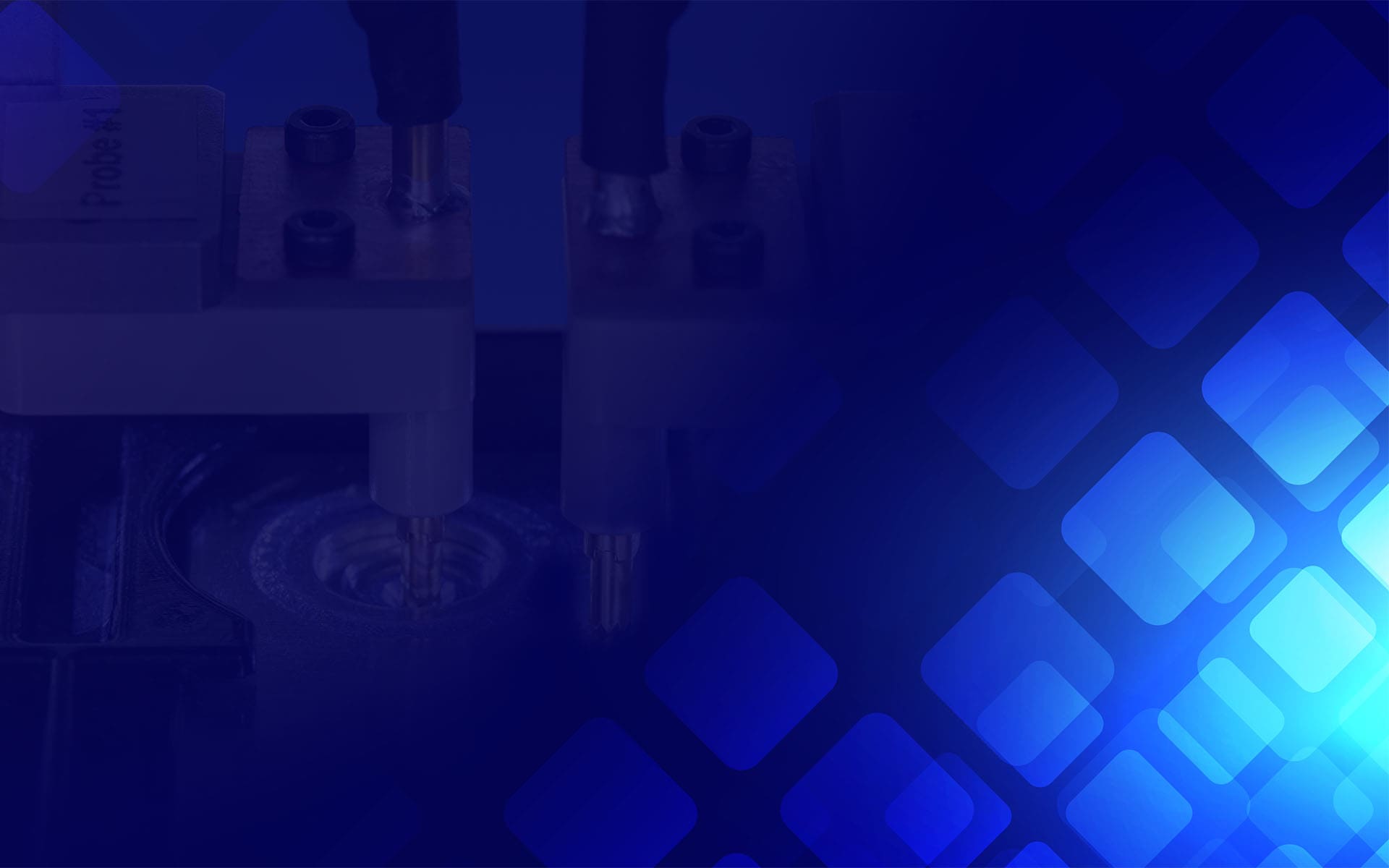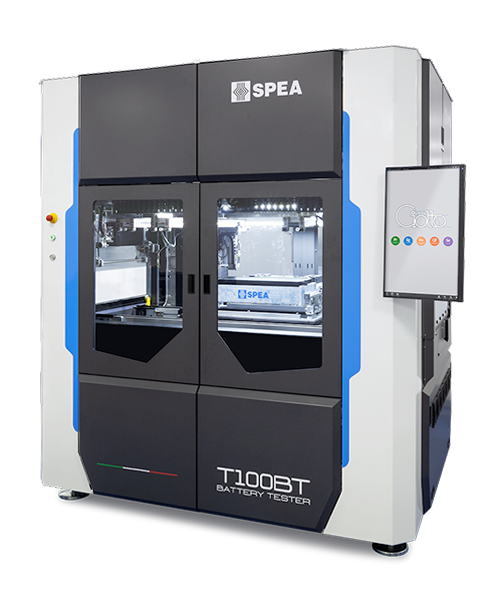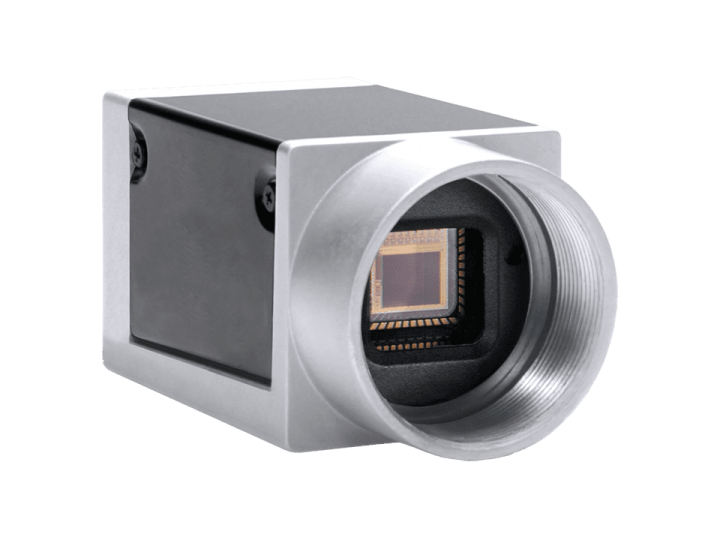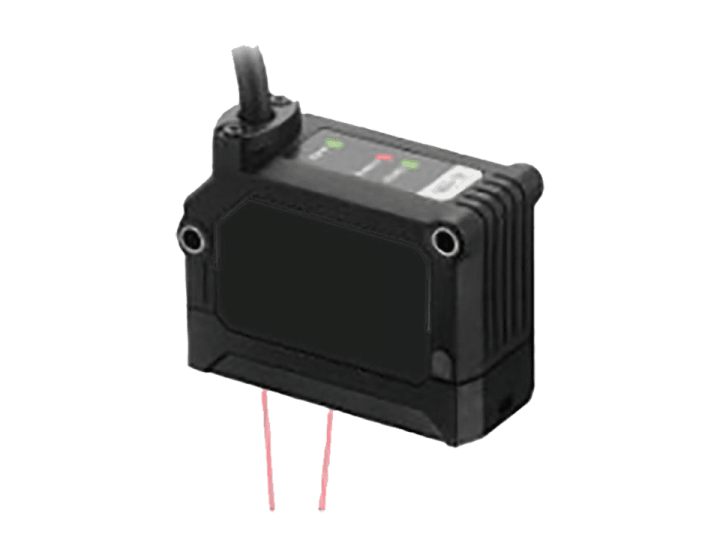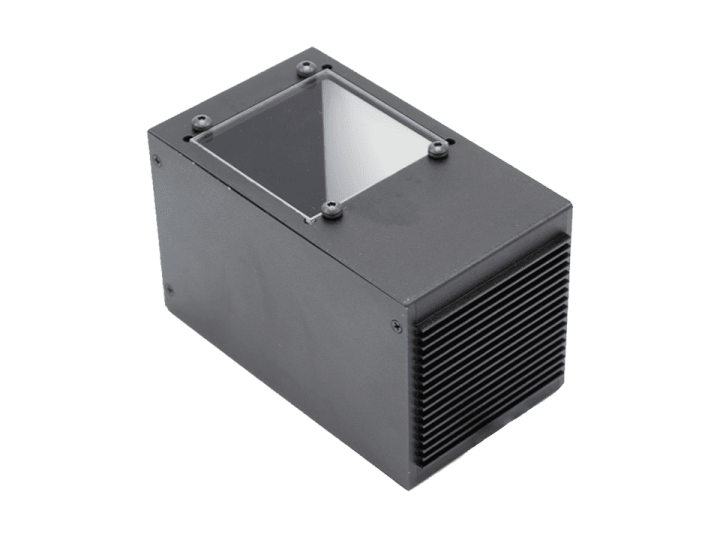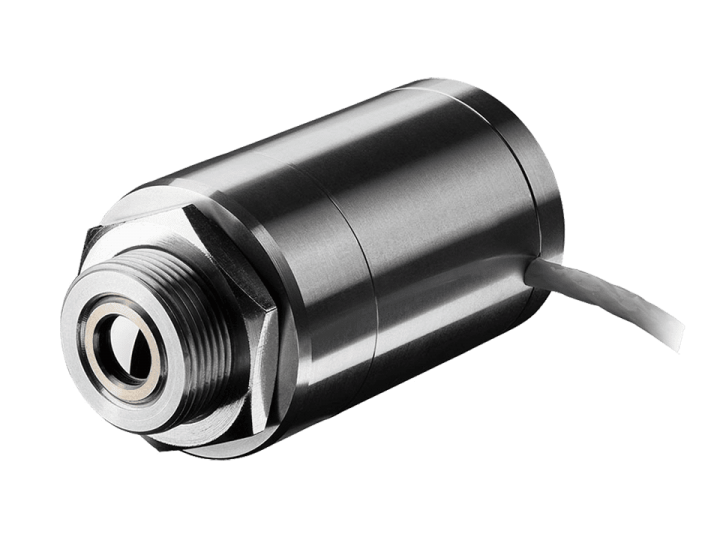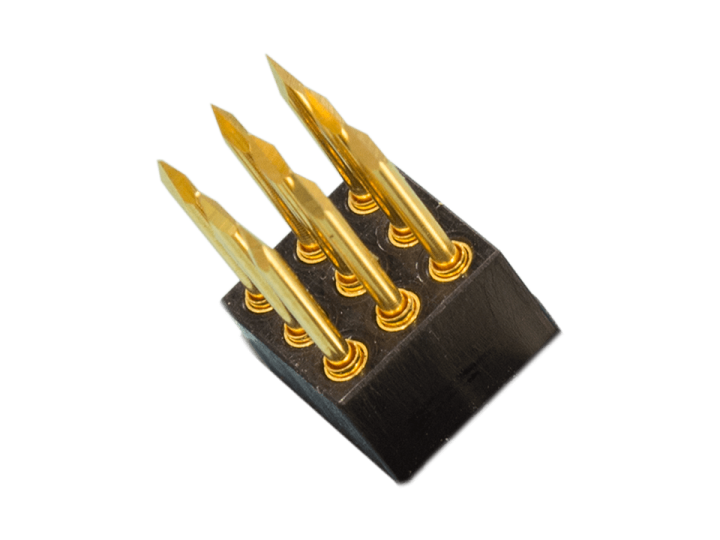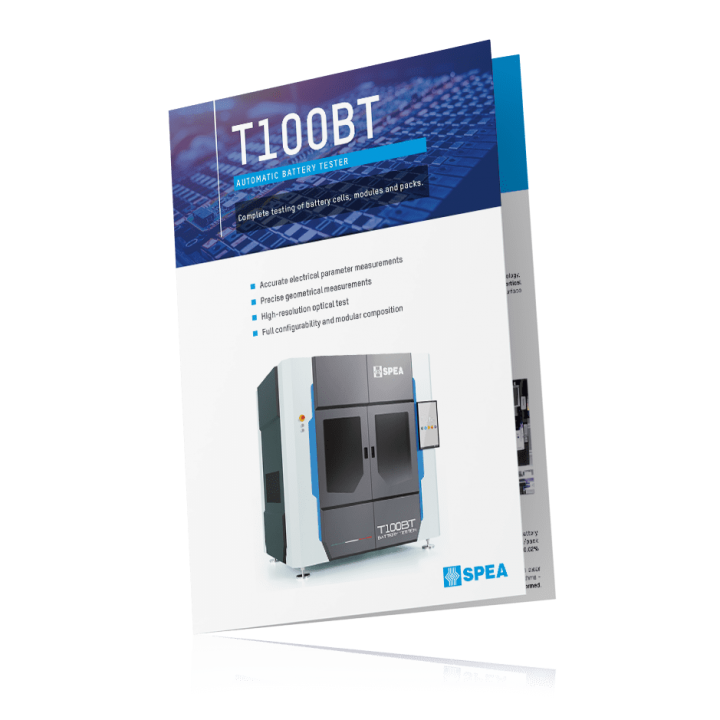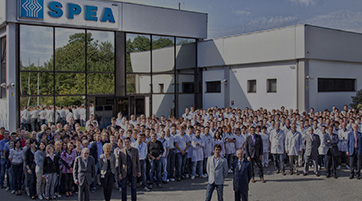T100BT is an innovative, modular battery testing equipment able to combine, on a single test platform, all the tests required to detect any possible defect on battery cells and modules: from defective cell wiring, to geometrical or surface irregularities, to out-of-specs performances.
The battery tester is designed for the high-volume production test of battery modules composed by prismatic, cylindrical, or pouch cells, as well in a Lab/NPI version for engineering, prototypes and low-volume battery testing. The complete configurability allows you to equip the tester with the modules and tools you need to test your products, reaching the desired throughput.
A single battery testing equipment
for testing all your batteries types
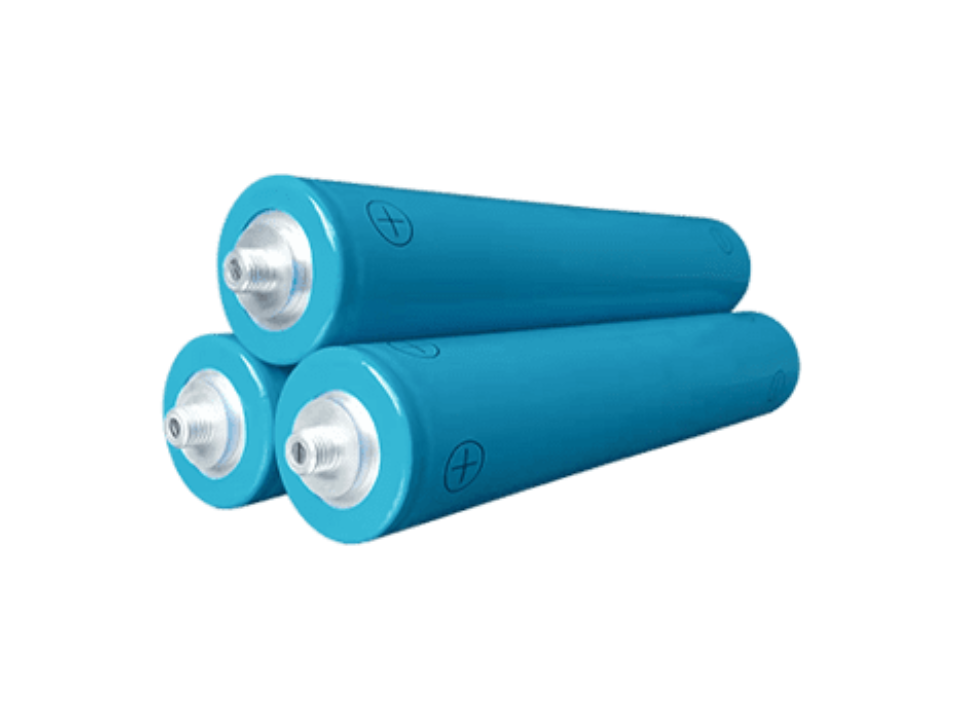
Battery Cells
Basic unit of a lithium ion battery that exerts electric energy by charging and discharging. Made by inserting a cathode, anode, separator and electrolyte into an aluminum case.
Battery Modules
A battery assembly put into a frame by conditioning a fixed number of cells to protect the cells from external shocks, heat or vibration.
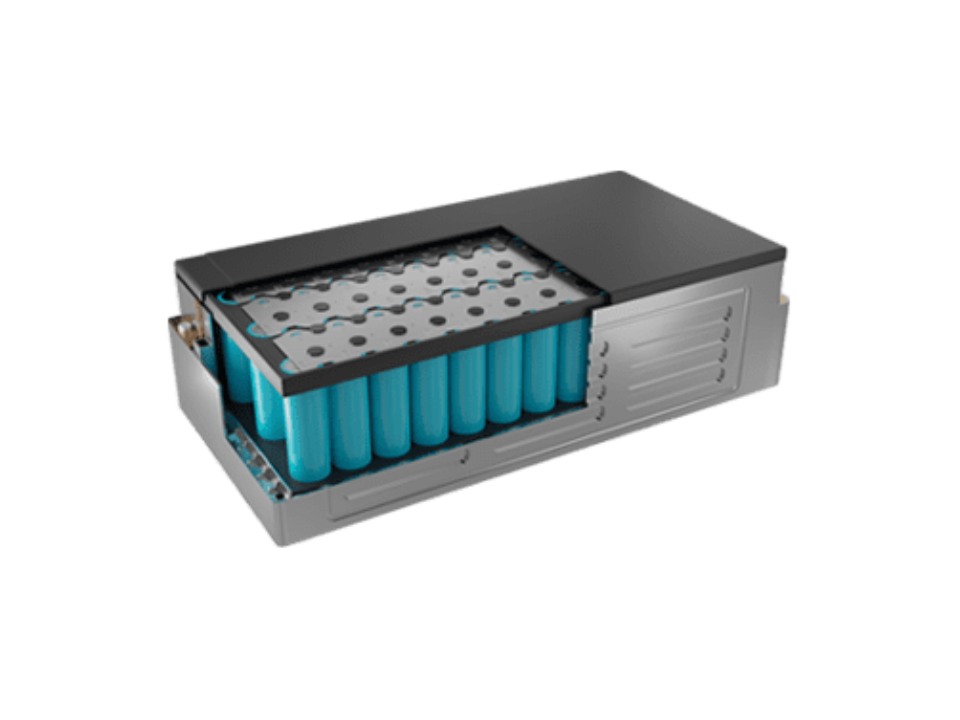
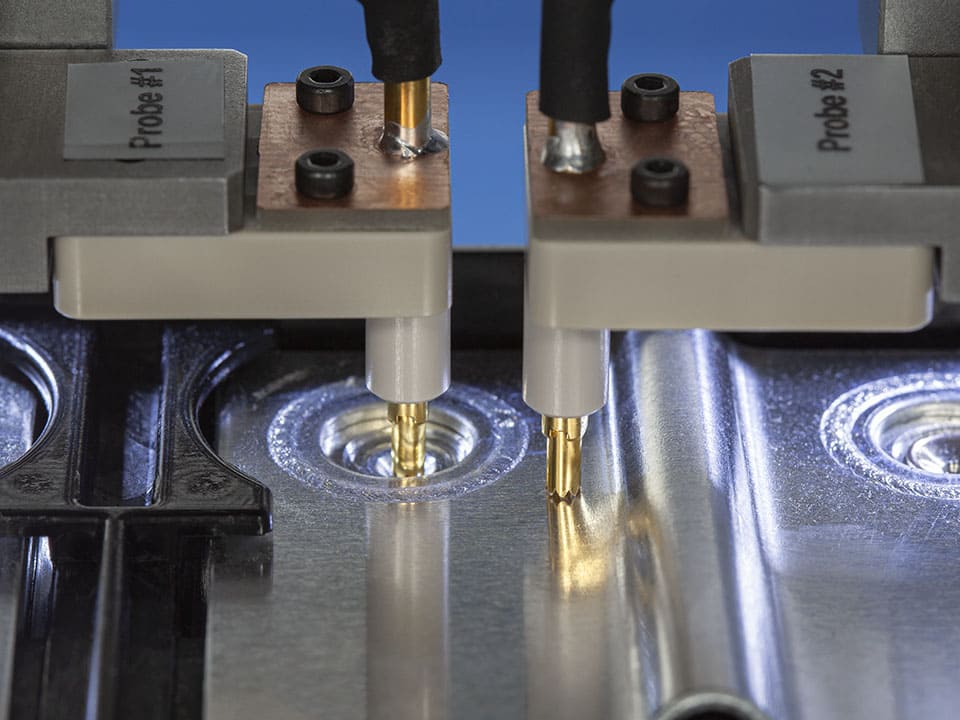
Your best way to test battery cells and battery modules
The SPEA T100BT battery testing equipment sets a new benchmark for automatic battery testing detecting any possible defect on all your batteries types.
- Accurate electrical parameter measurements
- Precise geometrical measurements
- High-resolution optical test
- Full configurability and modular composition
Many test capabilities for complete and high-performance battery test
Electrical test
Electrical parameters of each individual battery cell are verified, so that defective products can be filtered out before entering the next stage of production, or before shipping to final customers at the end of the manufacturing process. T100BT’s electrical test capabilities include:
- Welding micro-resistance test
- Hi-pot test (withstand voltage and insulation resistance)
- Output voltage test
- DC / AC IR test
Optical test
High-resolution vision units, with liquid lens autofocus technology, perform an accurate optical test on the battery modules. Vertical or angled illumination is used to highlight any possible surface irregularity:
- Wire welding or bonding defects
- Wire dimensional defects
- Wire path irregularities
- Presence of scratches, particles, stains
- Presence of damages, voids, lack of material
Thermal test
A highly accurate thermal sensor can measure the slightest temperature differences (0.025 K) on the battery surface. This technique is used to ensure the accuracy of the microresistance measurements, and to detect any unexpected warm temperature on the battery module, which is symptom of operation anomalies.
Geometrical test
A high-speed, high-accuracy laser meter measures the battery dimensions, and the planarity of either the whole module/pack surface or each individual cell, with 0.1µm repeatability and ±0.02% linearity. Thanks to the T100BT’s operating system – which features a clear and efficient user interface, and advanced generation algorithms – the geometrical test can be automatically generated and performed.
Multi-Tool, Mobile or Fixed Axes for maximizing the battery testing throughput
T100BT can be equipped with 1 to 4 axes on the top and bottom side of the battery test system, for a total of up to 8 axes to test the batteries from both sides simultaneously. A set of test tools can be fitted on every axis, to perform the required combination of electrical, optical, geometrical and thermal test. Electrical probes can be composed in multi-probe matrices, to contact multiple points simultaneously, maximizing the overall throughput.
The axes can be fixed-position or they can be moved by a state-of-the-art linear motion technology, to guarantee fast movement and accurate probing of the device under test.
Force-controlled Z actuators provide the required regulation of speed, position and applied force during the probing. This ensures a safe and gentle probing, with no risk to mark or damage the surfaces.
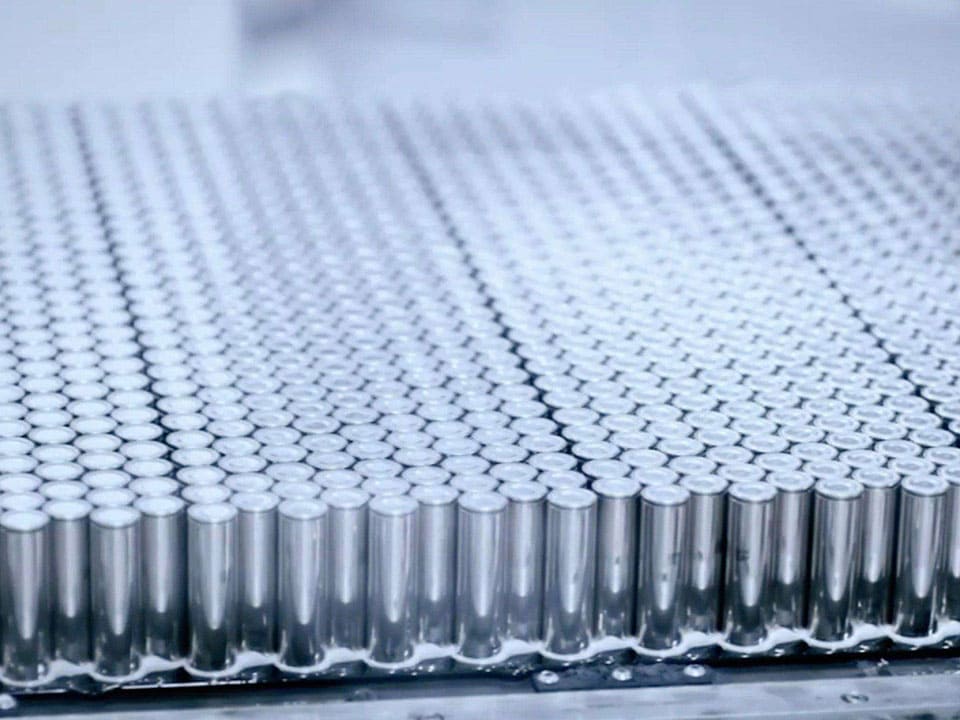
Automatic handling of large and heavy battery units
Different conveyor configurations are available, to transport units with maximum weight of over 100 kg (200 lb). The test area inside the system can be configured, as well, to house different sizes of devices, up to 1000 mm (3.3 ft) in length and 845 mm (2.8 ft) in width. Custom-designed solutions are available to test modules with up to 3000 mm (9.8 ft) in length.
Different T100BT models designed for your needs
Performance combined with throughput for high-volume production battery testing
To cover all the quality requirements of your products, without sacrifying throughput capabilities, T100BT is designed to compose multi-station test cells. A test cell is composed by multiple T100BT units positioned in-line: every unit is dedicated to defined test operations, so as to reach the most complete test coverage.
Battery testing equipment in a Lab/NPI version for engineering and prototypes
To support the test requirement during engineering, characterization and prototyping, T100BT is also available in lab/NPI versions, keeping full compatibility with the setups for production test.
